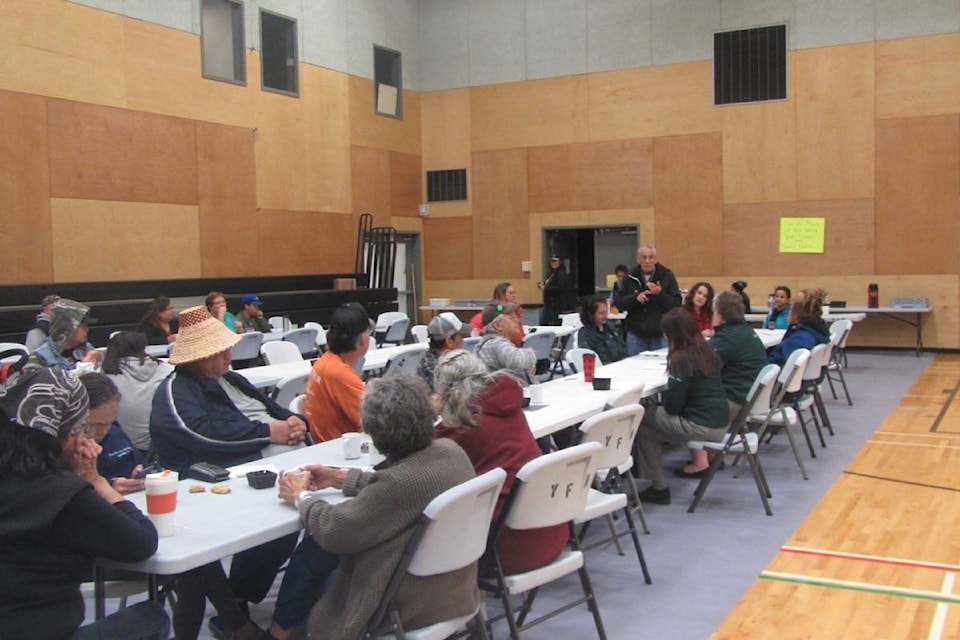Parks Canada recently hosted several information sessions on the Esowista Peninsula and Yuułuʔiłʔath lands to share updates on the Pacific Rim National Park Reserve’s ʔapsčiik t’ašii (pronounced Upscheek Tashee) trail.
Tender notices for the trailbed construction as well as environmental monitoring are posted publicly on the Government Buy and Sell website. Closing date is noted as April 3, 2019.
The trailbed construction tender includes a mandatory Indigenous Benefits Plan portion, which requires the successful contractor to work directly with the Tla-o-qui-aht First Nation and Yuułuʔiłʔath First Nation provide training, employment, and subcontracting opportunities.
The building of the trailbed is expected to begin this spring, once both the construction and environmental monitoring contracts are awarded. The hired contractor will be expected to maintain the trail for two years, according to Parks Canada.
The timeline for completion of the 25-kilometre paved multi-use path has shifted from 2020 to 2022. In Nov., Parks Canada announced an additional $17 million of funding would be invested in the infrastructure project, putting the project cost at about $51 million.
Parks Canada project manager Jackie Hicks said at the March 5 information session in Ty-Histanis that she is confident the $51 million project estimate is accurate.
READ: Cost of trail through Pacific Rim National Park Reserve up to $51 million (Nov. 19, 2018)
The trail is located in the traditional territories of the Tla-o-qui-aht First Nation and Yuułuʔiłʔath First Nation. Parks Canada has been working closely with both Nations through an Elders Working Group. Over the past two years, the Elders Working Group has been involved in: blessing the path site, determining a route that does not disturb culturally sensitive sites, and identifying opportunities for economic benefits for First Nations.
The Working Group also chose the name for the multi-use pathway, naming it ʔapsčiik t’ašii which translates into “going in the right direction on the path”. In many ways, the name speaks to the direction Parks Canada is taking to improve their relationship with local First Nations, notes Parks Canada.
“No relationship is more important to the Government of Canada than the one with Canada’s Indigenous peoples,” said Catherine McKenna, Minister of Environment and Climate Change, in a news release. “The close collaboration with the Tla-o-qui-aht First Nation and Yuułuʔiłʔath First Nation is part of our government’s ongoing efforts towards reconciliation. This new trail is a wonderful opportunity to reintroduce visitors to the beauty, history, and culture of the Pacific Rim National Park Reserve.”
READ MORE: ʔapsčiik t’ašii (pronounced ‘Ups-cheek ta-shee’) a step towards reconciliation
READ MORE: Parks Canada asking for feedback on management of Rocky Mountain region parks
